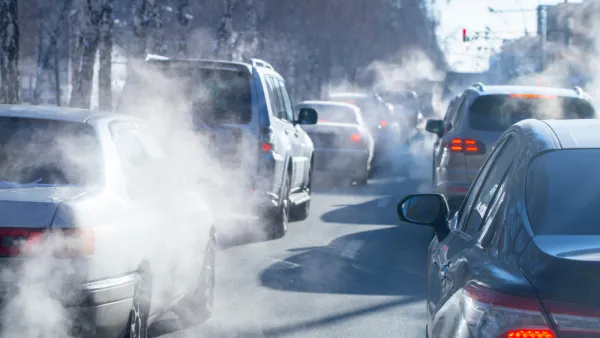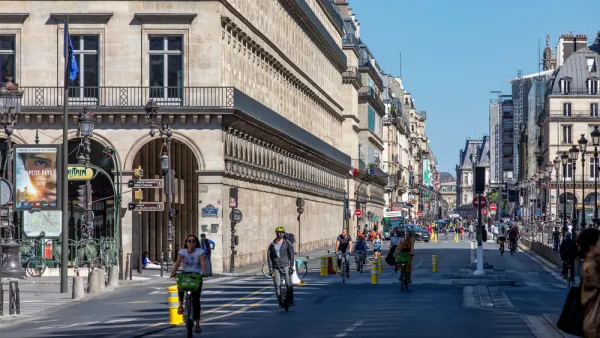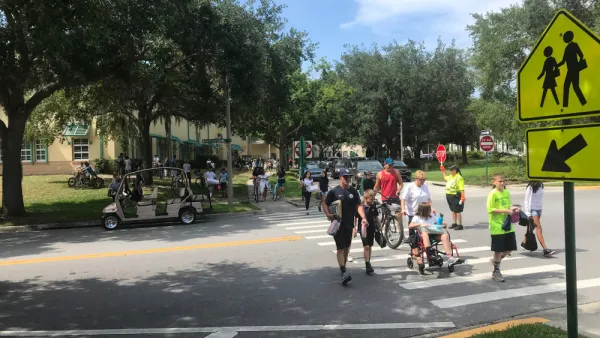A recent article explores the promise—and potential pitfalls—of new technology to support the growing popularity of urban pedestrianism.

According to a recent article by Michael Scott, “the convergence of pedestrianism, technology and the built environment is poised to spark a walkability revolution that promises to yield a meaningful return to people as well as the cities in which they live.”
Describing what he calls the “Age of Mobile Pedestrianism,” Scott surveys some of the apps and ideas that are changing the way that people of all ages engage with their cities.
For instance, Scott quotes Steve Carroll, chief operating officer of RideScout, a mobile app that provides real-time information for getting around on foot or by other alternative forms of transportation: “We’ve been receiving interest from both local governments and businesses that want to provide incentives for their people to become car free. They have an open ear because of traffic congestion and other concerns associated with car-dependent lifestyles.”
Scott also acknowledges the potential pitfalls of pervasive technology, including distracted walkers and, of course, luddites. On the latter point, Scott quotes James Shaffer, president of Streetscapes, Inc.: “While all of the buzz is about smartphones, we must also consider the subset of people who couldn’t care less about technology yet want key information to enhance their walk experience.”
FULL STORY: Smart Cities and the Technology of Walking

National Parks Layoffs Will Cause Communities to Lose Billions
Thousands of essential park workers were laid off this week, just before the busy spring break season.

Retro-silient?: America’s First “Eco-burb,” The Woodlands Turns 50
A master-planned community north of Houston offers lessons on green infrastructure and resilient design, but falls short of its founder’s lofty affordability and walkability goals.

Delivering for America Plan Will Downgrade Mail Service in at Least 49.5 Percent of Zip Codes
Republican and Democrat lawmakers criticize the plan for its disproportionate negative impact on rural communities.

Test News Post 1
This is a summary

Test News Headline 46
Test for the image on the front page.

Balancing Bombs and Butterflies: How the National Guard Protects a Rare Species
The National Guard at Fort Indiantown Gap uses GIS technology and land management strategies to balance military training with conservation efforts, ensuring the survival of the rare eastern regal fritillary butterfly.
Urban Design for Planners 1: Software Tools
This six-course series explores essential urban design concepts using open source software and equips planners with the tools they need to participate fully in the urban design process.
Planning for Universal Design
Learn the tools for implementing Universal Design in planning regulations.
EMC Planning Group, Inc.
Planetizen
Planetizen
Mpact (formerly Rail~Volution)
Great Falls Development Authority, Inc.
HUDs Office of Policy Development and Research
NYU Wagner Graduate School of Public Service





























